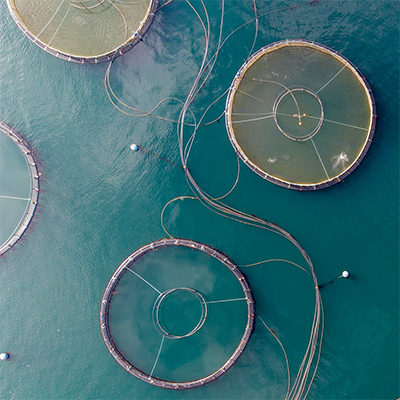Researchers deploy a new tool to study Chinook salmon fat content on the Fraser River
A Chinook with a short migration to Harrison Lake may offer half the calories to a resident killer whale as a similarly sized Chinook headed to the headwaters of the Fraser River.
UBC scientists sail the high seas for salmon
The third International Year of the Salmon Pan-Pacific Winter High Seas Expedition will continue to answer questions about a crucial salmon life stage that is poorly understood
These bodies of water are right next to each other, but oceans apart
Areas of B.C.’s coastal ocean may look similar from above water, but under the water, they can be completely different worlds, in terms of temperature, salinity, ocean acidification, and nutrient concentrations.
Salmon from freshwater to the ocean: there and back again
Video for this seminar is now available! Click to watch
No apparent shortage of prey for southern resident killer whales in Canadian waters during summer
Researchers reported that Chinook salmon in the Salish Sea in summertime are four to six times more abundant for southern resident killer whales than northern resident killer whales.
Getting a step closer to understanding how Chinook salmon live
Stable isotope analysis can peel back the curtain to give scientists a view of where fish spend their time, what they’ve been eating, and how they are interacting with other species.
A few missing fish: US West Coast recreational and discarded catches
United States of America lacks international reporting of recreational catches and fish discarded at sea, which may hinder proper ecosystem-based management efforts
Blue herons identified as a significant juvenile salmon predator
Looking for predators that ate salmon, an Indigenous biologist suggested looking at heron. Discarded tags proved Pacific great blue herons could be scooping up as many as 3-6% of all juvenile salmon.
Harbour seals respond differently to pulses of out-migrating coho and Chinook salmon smolts
UBC researchers set out to determine who was eating juvenile salmon, and when and where it was occurring by capturing and tracking harbour seals that carried cell-phone-like devices that recorded everything and everywhere the seals went.









